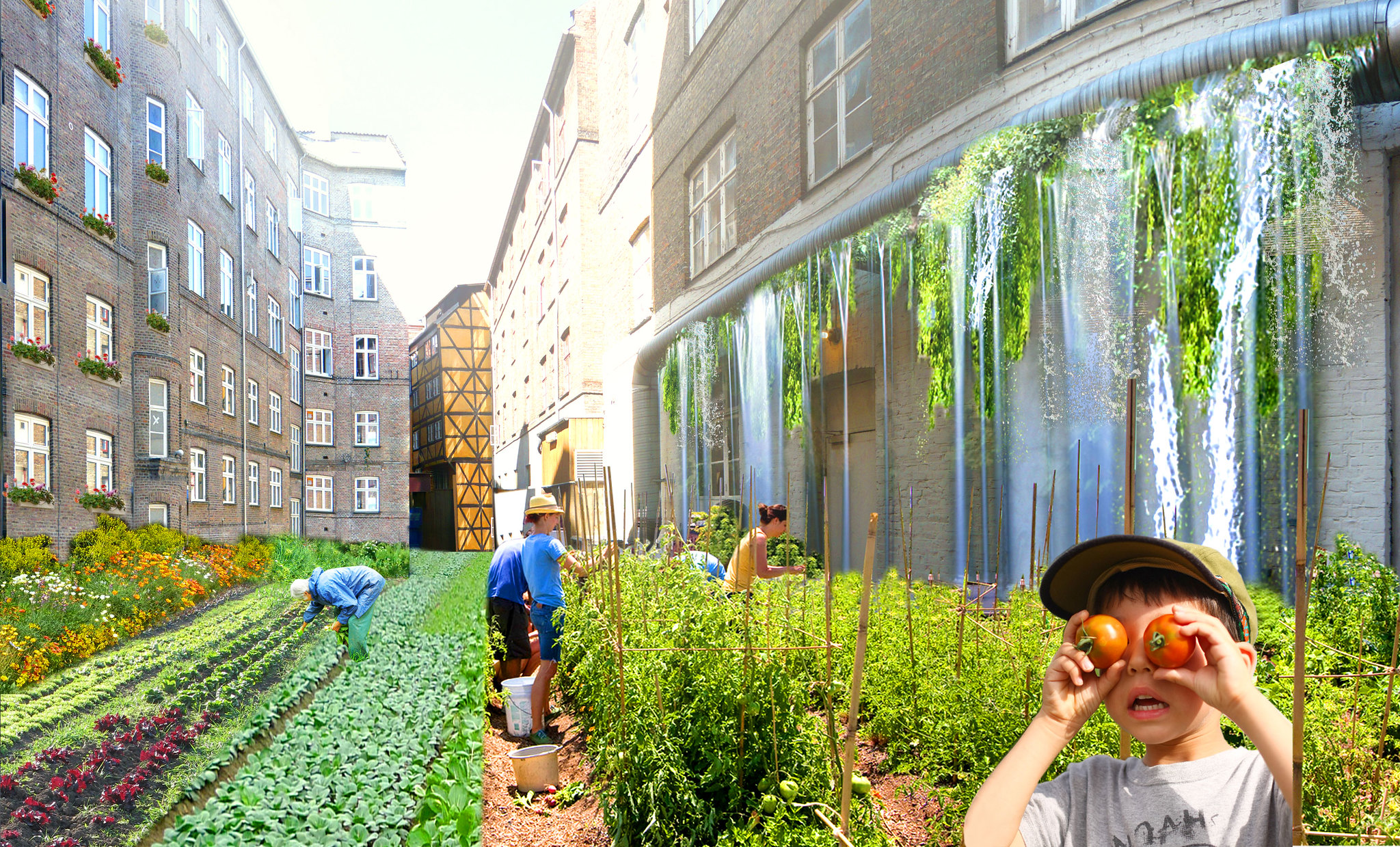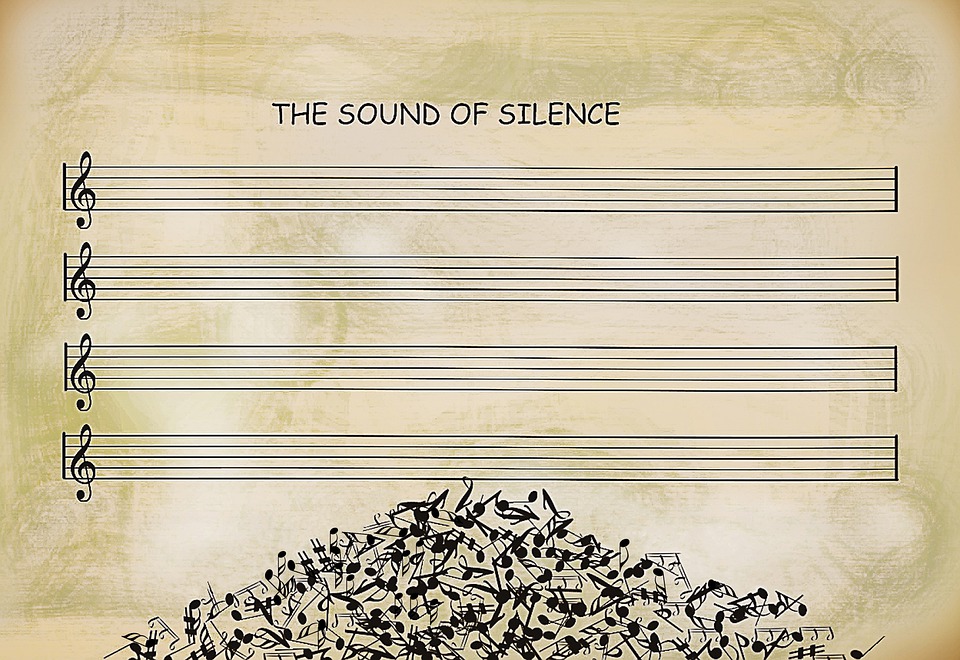Now is the time to insist on a desirable future as we emerge from lockdown. In whichever capacity we work, how do we build a new normal? I’m sure you’ve heard it already – the old normal simply wasn’t working – in all sorts of ways.
‘Futuring’ is a sophisticated strategic planning tool that has been used by big players such as the military, Royal Dutch Shell, the South African, English and Welsh Governments, the UN, and in policy areas from defence to economics. Scott et al. (2012) describe it as a robust “tool for bringing stakeholders into agreement over highly complex … problems”.
Futuring is not for the faint-hearted. I recommend you gird your loins before taking part.
Apparently, I am a tough old lion – my son occasionally refers to me as “Aslan” since he once, from his position sheltering behind me, witnessed me challenge some bad behaviour with a roof-raising roar. I have battled alone through extreme family circumstance, and seen much of the world from sailing ships with kamikaze captains. Nothing much fazes me.
I went into my futuring training totally unprepared for the emotional and intellectual beating I was about to experience. No doubt the military, a prolific user of futuring, considers character building a secondary benefit of it.
Futuring is not a set of traditional inward-facing planning methods which cause people like me to consider stapling one’s fingers together to relieve the boredom. It is a mind-bending creative exercise.
The method provides a means to move away from incremental improvement of current performance and existing rules. This is about experimentation and innovation; traits described by Waddle (2016) that lead to radical systemic shift. It also requires a diverse and committed set of stakeholders to take part (including specialist incumbents who might not live in the future but who could help resolve dilemmas now). I believe we must include digital people in these exercises so that they will gain the context for the digital services that will emerge from it, and very importantly, so that they can contribute a set mind-bending innovative possibilities for the plan.
My preferred futuring method is ‘scenario thinking’ and is excellently explained and illustrated in “What if? The art of scenario thinking for nonprofits” by the Global Business Network (Scearce, D. and Fulton, K., 2004). Scenario thinking allows participants to imagine and rehearse multiple potential futures, or ‘scenarios’, which emerge from combining external driving forces.
We cannot see into the future but we can identify external driving forces – emerging or dominant trends, across technology, society, economics, law, the environment and politics. For example, we might consider increasing corporate power over governments a threatening trend. If we combine trends in different ways, we can imagine how each of a set of different futures, might look depending on how the trends interact. This enables us to mitigate, today, undesirable elements of a nasty looking future and act, now, to nourish those elements of a future in which we might all thrive.
We can apply futuring to most projects, but it works best for transformation projects and endeavours that:
- Are central to an organisation’s strategy and where the solution is unclear,
- Have leadership and resource support for futuring as a strategic planning tool, and where leadership is willing to step out of the status quo,
- Can develop in an organisation that is open to change and reflective dialogue (Scearce and Fulton, 2004)
- Involve stakeholders who cannot transform a situation directly themselves, nor can each of the wider system actors on their own. (Kahane, 2012)
The delegates in my futuring exercise, from a diverse range of professions, chose the most urgent, complex and global problem humankind faces – ecological collapse. It will be no surprise to learn that the IPCC and Millenium Assessment used scenario thinking in their recent reports.
Tackling the survival and well-being of the human race is a monumental task and sustainability is an issue that cannot be addressed by business-as-usual since it is the status quo that continues to cause the problem! Therefore, a transformational approach is required in all aspects of our lives. The aim was to discover how individuals and communities might respond now.
We closely followed the technique described by Scearce and Fulton (2004). A UK government resource can also be found here.

One of the mitigations we identified that could be undertaken now, was to “Help people to act for their local community”. I hinted at this in my previous article “Sense and Sustainability” about how to green our digital work. Digital people have a big role to play in this example, by implementing the requirement to digitally encourage and connect people to community work and play, for instance, at the local community farm, in the moment when people interact with a service for whatever purpose. Taking it a step further, what if communities were enabled to strengthen and thrive to the point where local authorities were able to delegate a great deal of planning and decision making to them? In my book, that is a desirable sustainable future which may fundamentally change the way we deliver government services.
It is shown that people’s positive environmental values are often developed from a strong connection with nature (Guiney & Oberhauser, 2009) – disconnection being a fundamental issue for sustainability. Influencing people to experience the benefits of nature connectedness (well-being and happiness), through for instance, school curriculum and, my long standing wish, through more community farms, would be a transformational action that could be implemented now to help councils repurpose wasted land instead of building on it, and usher people towards enjoyable sustainable behaviours.
Surely, we have all marvelled at the extraordinary efforts of our communities to share seeds, services, and songs to help us through lockdown, and stopped in wonder to listen to the newly abundant birdsong.
What if Prime Minister Boris Johnson, having recently been brought back to life by Nurse Jenny from New Zealand, was equally enthusiastic about the healing ability of Mother Nature from Earth? Let’s show, through our work in all fields, what the power of care can do. We, the digital tribe must help change the paradigm and make it as easy as possible for people to connect more to nature and to act now for their communities. We can try to quietly deliver some of this ourselves on our transformation projects, but let’s use futuring as a powerful tool for urgent action.
Sharpe et al. (2016) report the benefits of futuring as:
- making sense of complexity in the context of people’s own values and aspirations,
- imagining one’s own role in bringing about change,
- widening the perspective for senior decision-makers,
- “a renewed sense of hope”.
My own group allowed for a great deal of creativity and design thinking. Some designers created future personas and visuals comparing the different futures, making it much easier to really see them, and to choose bold, considered actions. Scearce and Fulton (2004) witness people overcoming inertia and denial when grappling with enormous difficulty, and watch new ideas “take root and spread” rapidly.
By imagining or visualising possible futures, we bring them closer to us so urging us to act on a sense of urgency because the “status quo is not an option for the things <we> care about.” and that “scenarios enable people to find strategic direction and bold action when faced with daunting issues (Scearce and Fulton, 2004), both of which, critically, can be included in policy and budgets. The approach is flexible and can include for instance, defined characteristics, such as “economic approach” and “social policy foci” to help structure and compare the scenarios (Cork et al., 2005).

For our terrifying dystopian future, the song “Sound of Silence” labelled our story and someone bravely sang it to help imagine that future. A future where young people have never heard birdsong and never known culture, dancing, singing, as there is no space or time for it. A future where people are generally mentally unwell, especially older people who remember more plentiful time outdoors and who feel a sense of loss and separation from nature because there is none to be seen. I am not joking when I say that song brought forth a loud group lament, professionals sobbing uncontrollably, as well as a sense of urgency.
Our “renewed sense of hope” came from our vision of a future where global corporations jointly with communities protect resources and community interests. Where governments and companies are incentivised to be responsible environmentally and socially, even when using their own resources. Where communities have strong negotiating powers. Where people lead flexible ‘slower lives’, consume less, and travel less in peaceful local communities strongly connected to their environment and motivated to protect it. I have a real taste of that today, in lockdown, in the city where I live. It is beautiful.
I’m hopeful that, after the appeal court ruling in February 2020 that any Heathrow expansion is unlawful, a sea change is underway. Sadiq Khan, Mayor of London, declared “This historic ruling means that all government policy must reflect its climate commitments.”
We have permission to go ahead.
In response to a pandemic, Governments have just demonstrated all over the world that we can respond to an urgent, complex, global emergency – there really are no more excuses – we must embed ecological recovery into every transformation programme. Sir David Attenborough says we must do it now. Given that Sir David has more experience and knowledge than that of Boris, Joe Bloggs and me combined, I’ll place my bets with Sir David. Archbishop of Canterbury Justin Welby says as I write, that “Rebuilding must be built by those with the broadest shoulders, with justice for all human beings.”
That includes us my dears, us with the broadest shoulders. It is down to us, not politicians vying for votes. In the digital world, Futuring is a brilliant way to transform into the future.
By the end of her futuring time, what broke the lion’s heart and rendered her near immobilised, was the unbearable thought of her children inheriting a horrible future, one that we could avoid, if we embrace the intellectual challenge of strategically planning our new normal, and truly earn the accolade of virtuous ‘transformation’.
Gird your loins people, and your lions.
Please feel free to get in touch if you have any thoughts or comments: suzanne.maxted@methods.co.uk
References:
Cork S, Peterson GD, Petschel-Held G, Alcamo J, Alder J, et al. (2005) Four scenarios. In: Carpenter SR, Pingali PL, Bennett EM, Zurek MB, editors. Ecosystems and human well-being: Scenarios. Washington (D.C.): Island Press. pp. 223–296.
Guiney M.S., Oberhauser K.S. (2009) Conservation volunteers’ connection to nature. Ecopsychology 1(4) pp 187-197
Kahane, A. (2012) Transformative scenario planning: changing the future by exploring alternatives. Strategy & Leadership, Vol.40(5), pp.19-23
Scearce, D. and Fulton, K. (2004) What if? The art of scenario thinking for nonprofits. Emeryville, Calif.: Global Business Network. Available online at https://thinkingfutures.net/scenario-planning-resources (accessed 2/12/2019)
Scott, C.A., Bailey, C.J., Marra, R.P., Woods, G.J., Ormerod, K.J., Lansey, K. (2012) Scenario Planning to Address Critical Uncertainties for Robust and Resilient Water–Wastewater Infrastructures under Conditions of Water Scarcity and Rapid Development, Water, vol.4 pp848-868
Sharpe, B., A. Hodgson, G. Leicester, A. Lyon, and I. Fazey. (2016) Three horizons: a pathways practice for transformation. Ecology and Society 21(2):47
Waddle S. (2016) Change for the Audacious: a doer’s guide, NetworkingAction Publishing, Boston, MA, USA